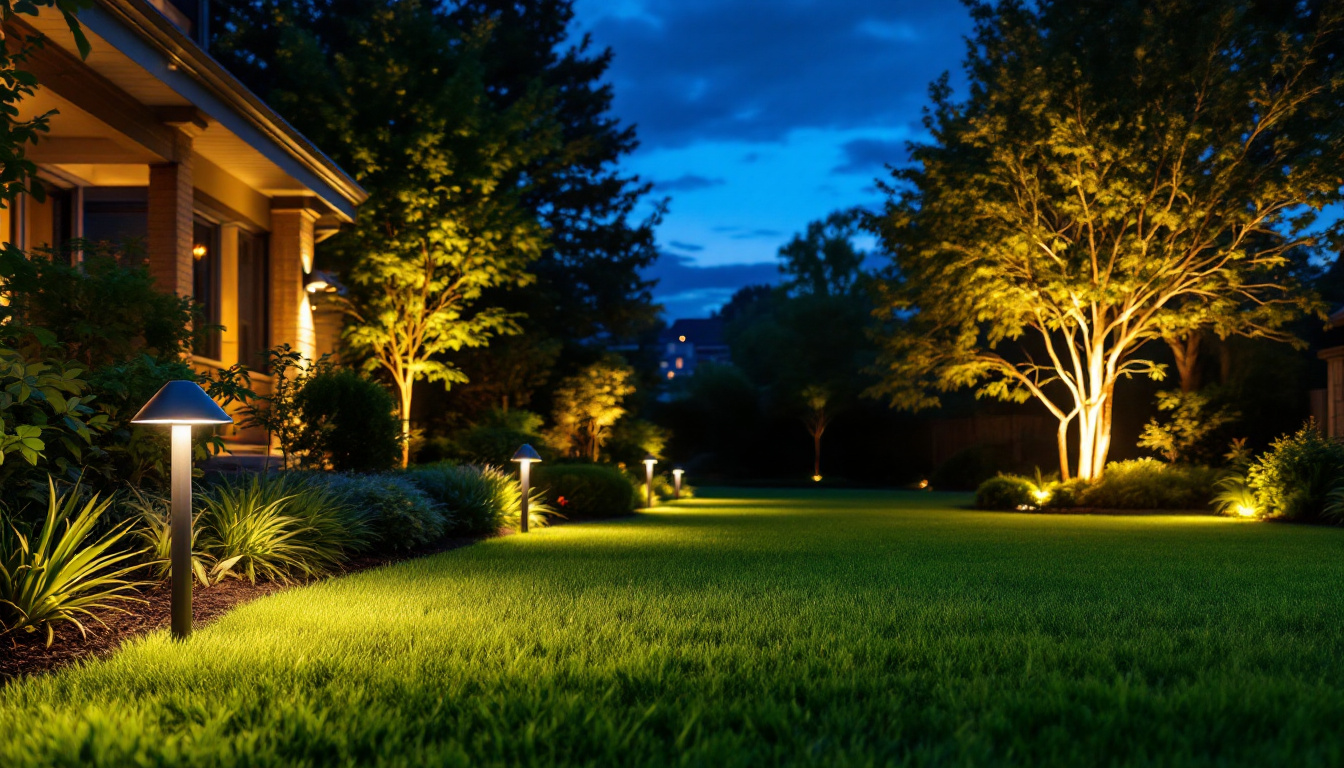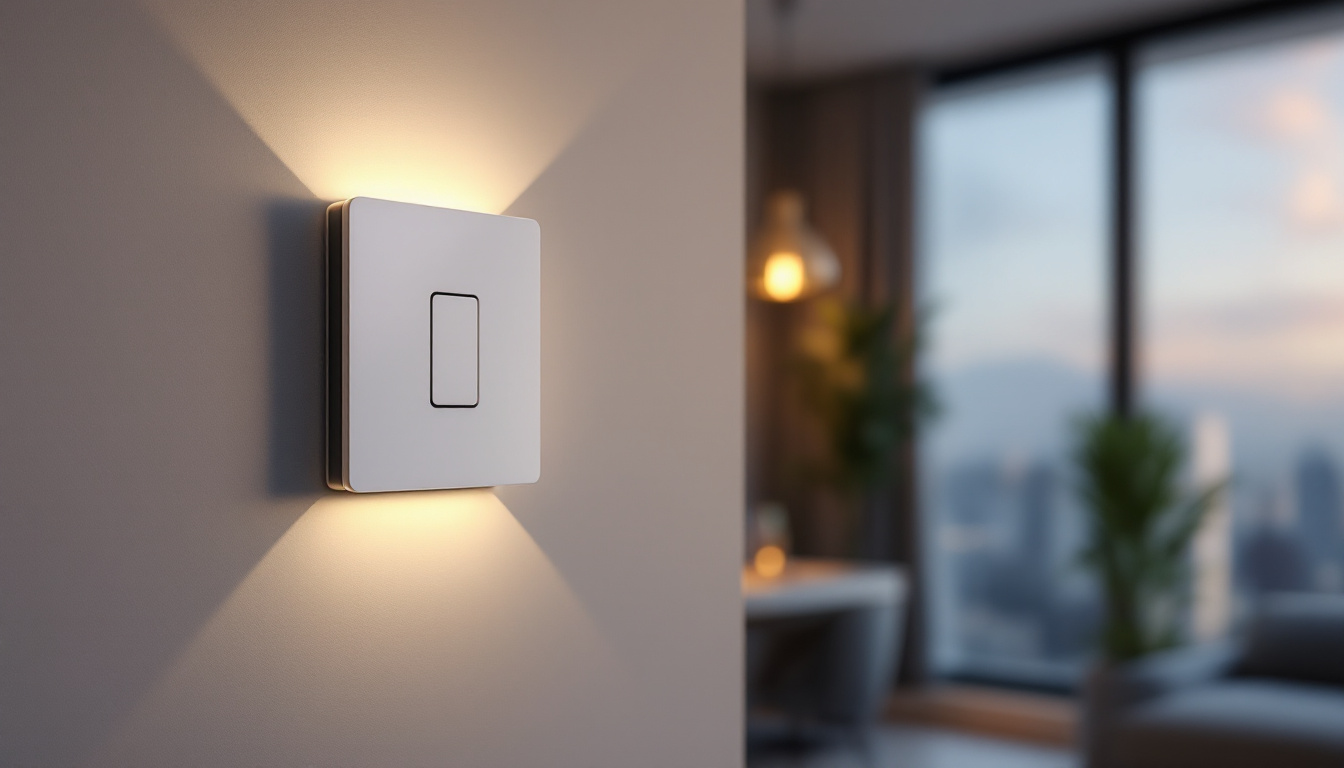
Lawn lighting plays a crucial role in enhancing the aesthetic appeal and functionality of outdoor spaces. For lighting contractors, understanding the various options available and their respective advantages and disadvantages is essential for making informed decisions. This article delves into the different types of lawn lighting, compares them with alternatives, and provides insights on what contractors should consider when making their choices.
Lawn lighting encompasses a wide range of fixtures designed to illuminate outdoor spaces, including gardens, pathways, and patios. The primary purpose of lawn lighting is to enhance safety, security, and ambiance. With the right lighting, outdoor areas can be transformed into inviting spaces that extend usability beyond daylight hours. Moreover, the strategic placement of lighting can create a warm and welcoming environment, making outdoor gatherings more enjoyable and memorable.
There are several types of lawn lighting that contractors can choose from, each with unique characteristics and applications. Some of the most common types include:
Investing in lawn lighting offers numerous benefits, making it an attractive option for homeowners and businesses alike. Some of the key advantages include:
Beyond these practical benefits, lawn lighting can also serve as a form of outdoor art. Creative lighting designs can transform ordinary landscapes into visually stunning displays, showcasing the natural beauty of plants and hardscapes. For instance, uplighting can create dramatic shadows and textures on walls or trees, while downlighting can mimic the effect of moonlight, providing a soft and serene ambiance. The versatility of lawn lighting allows for endless possibilities in design, making it an essential element in outdoor landscaping.
While traditional lawn lighting offers many benefits, there are alternatives that may better suit specific needs or preferences. Understanding these alternatives can help contractors provide tailored solutions to their clients.
Solar-powered lighting has gained popularity in recent years due to its eco-friendliness and ease of installation. These fixtures rely on solar panels to harness energy from the sun, making them a sustainable choice for outdoor lighting.
One of the main advantages of solar-powered lights is their low operating costs. Since they do not require electricity, homeowners can save on energy bills. Additionally, they are easy to install, as they do not require wiring or electrical connections. However, contractors should be aware of their limitations, such as reduced brightness and performance during cloudy or rainy days.
LED lighting has revolutionized the lighting industry, offering energy-efficient and long-lasting solutions. Compared to traditional incandescent bulbs, LEDs consume significantly less energy and have a much longer lifespan. This makes them an attractive option for both contractors and clients.
In addition to energy efficiency, LED lights produce less heat, reducing the risk of burns or fire hazards. They also come in a variety of colors and styles, allowing contractors to create customized lighting designs that meet the aesthetic preferences of their clients. However, the initial investment may be higher than traditional lighting options, which could be a consideration for budget-conscious homeowners.
Smart lighting technology has gained traction in recent years, offering enhanced control and flexibility for outdoor lighting systems. These solutions allow homeowners to control their lights remotely through smartphones or smart home systems, enabling them to adjust brightness, set schedules, and even change colors.
For contractors, incorporating smart lighting solutions can provide added value to clients. These systems can be integrated with security features, such as motion sensors or cameras, enhancing overall safety. However, contractors should ensure that clients are comfortable with the technology and provide adequate training on how to use it effectively.
When choosing between traditional lawn lighting and its alternatives, contractors should consider several factors to determine the best fit for their clients’ needs. Each option has its own set of pros and cons, which can influence the decision-making process.
Cost is often a primary concern for homeowners when selecting lawn lighting. Traditional lighting systems may require a higher initial investment due to installation and wiring costs. However, they may offer lower long-term operating costs, especially if energy-efficient options like LEDs are used.
On the other hand, solar-powered lights have no electricity costs, but their performance may be limited in certain weather conditions. Contractors should provide clients with a clear breakdown of costs associated with each option, including installation, maintenance, and energy consumption, to help them make informed decisions.
Installation requirements vary significantly between traditional and alternative lighting solutions. Traditional lighting often requires professional installation, including electrical work, which can add to the overall cost. In contrast, solar-powered lights are typically easy to install and can be done by homeowners themselves, reducing labor costs.
Maintenance is another important factor to consider. Traditional lighting systems may require periodic bulb replacements and maintenance of electrical components. In contrast, solar lights usually require minimal maintenance, mainly cleaning the solar panels to ensure optimal performance. Contractors should discuss these aspects with clients to help them choose a solution that aligns with their preferences for maintenance and upkeep.
The aesthetic appeal and functionality of lawn lighting are critical factors for contractors to consider. Traditional lighting fixtures offer a wide range of styles and designs, allowing for greater customization in outdoor spaces. They can be strategically placed to create specific moods or highlight certain features.
Alternative options like solar and LED lights also come in various styles, but contractors should ensure that these options align with the overall design vision of the outdoor space. Additionally, the functionality of each option should be evaluated, as certain fixtures may be better suited for specific tasks, such as illuminating pathways or highlighting landscape features.
Ultimately, the choice between traditional lawn lighting and its alternatives depends on the specific needs and preferences of clients. Lighting contractors play a crucial role in guiding clients through the decision-making process, ensuring they select the best option for their outdoor spaces.
Before making recommendations, contractors should conduct a thorough assessment of the client’s needs and preferences. This includes understanding their budget, desired aesthetic, and the primary purpose of the lighting. For example, if safety is a primary concern, path lights and flood lights may be essential, while clients focused on ambiance may prefer decorative fixtures.
Additionally, contractors should consider the client’s willingness to invest in technology. If a client is interested in smart lighting solutions, contractors can provide options that integrate with existing smart home systems or offer standalone solutions that enhance convenience and control.
Education is key when it comes to helping clients make informed decisions. Contractors should take the time to explain the benefits and drawbacks of each lighting option, including long-term costs, maintenance requirements, and aesthetic considerations. Providing visual examples or case studies can help clients visualize the potential outcomes and make more confident choices.
Furthermore, contractors should be prepared to answer any questions clients may have about installation processes, energy efficiency, and the longevity of different lighting options. By offering comprehensive guidance, contractors can build trust and rapport with clients, ultimately leading to successful projects and satisfied customers.
In the ever-evolving world of lawn lighting, contractors face a myriad of options, each with its own set of advantages and challenges. Understanding the differences between traditional lawn lighting and alternatives such as solar-powered, LED, and smart lighting solutions is essential for making informed recommendations to clients.
By considering factors such as cost, installation, maintenance, and aesthetic appeal, contractors can tailor their offerings to meet the unique needs of each client. Ultimately, the goal is to create outdoor spaces that are not only functional and safe but also visually stunning and inviting.
As the demand for outdoor lighting continues to grow, staying informed about the latest trends and technologies will empower contractors to provide exceptional service and innovative solutions that exceed client expectations.
Ready to elevate your lawn lighting projects with the finest selection of spec-grade lighting products? Look no further than LumenWholesale, where we offer an extensive range of high-quality lighting solutions at unbeatable wholesale prices. Say goodbye to middleman markups and hello to top-tier, reliable lighting that meets the highest industry standards. With free shipping on bulk orders, you can ensure your outdoor spaces shine with both beauty and efficiency. Don’t settle for less; choose LumenWholesale for the perfect blend of quality, affordability, and convenience. Wholesale Lighting at the Best Value is just a click away.

Discover how Ballst is revolutionizing the lighting industry by streamlining processes for contractors.

Discover how High Bay LED Lights 200W can transform your lighting projects and maximize profits.

Explore the transformative impact of Wifi light switches on the lighting industry, highlighting their growing importance in enhancing convenience, energy efficiency, and smart home integration.

Discover the ultimate guide to LED shop lights at Lowe’s, covering everything from energy efficiency to installation tips.